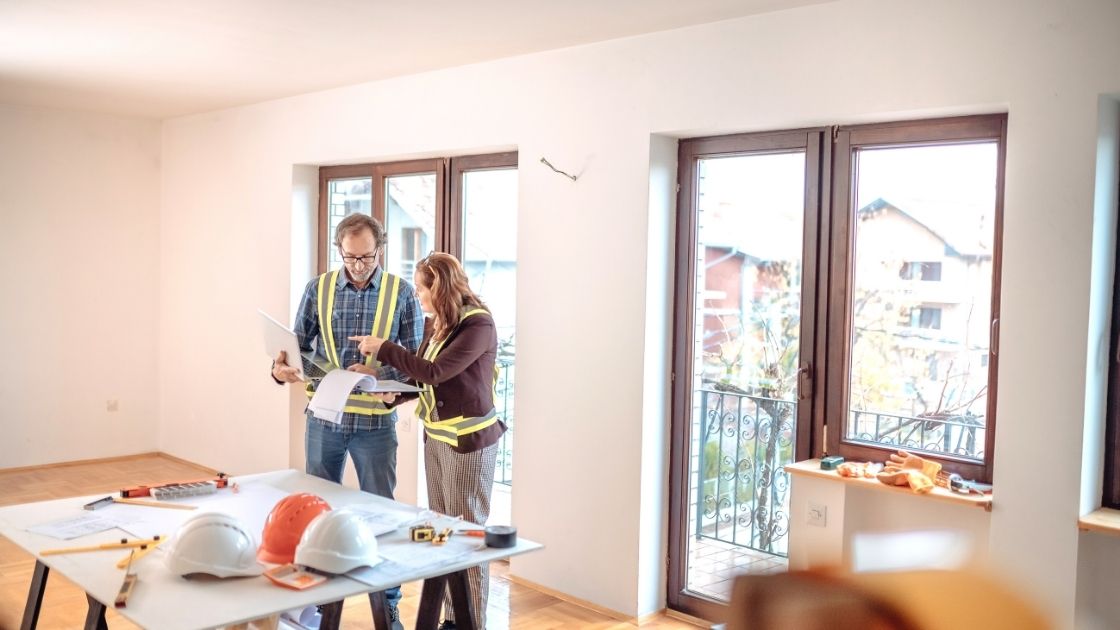
Are you thinking about remodeling your investment property? Consider the following before you jump headfirst:
#1. Consider the purpose of adding square footage.
Is it physically possible, legally permissible, and financially feasible? Will the new addition to your investment property serve your intended purpose to the maximum extent?
#2. Think about traffic in your property.
Does the current floor plan, layout, or design of your home allow for a smooth flowing traffic pattern in, out, and through the proposed addition?
#3. Measure your property’s market value.
Will your lot size accommodate a larger dwelling and will the neighborhood surrounding your home support the higher value that you expend?
#4. What is the new addition worth.
How long do you intend to hold the investment property that this upgrade is planned for? Five years from now, will the addition return, dollar for dollar, the money you have spent to the sales price of the home if you sold it?
#5. Consider the (not-so-good) consequences.
Are you prepared to deal with draftsmen and plans development, contractors, building officials, and permits? Can you hold the home for an additional extended period of about 6 months? Are your finances in place with an additional 10% set aside for cost overruns? Has everyone agreed upon what this addition should look like and the purpose it will serve?
Let us say you have considered the above and would like to continue towards the remodeling of your investment property. From here, we should consider the economic principle of what is called progression.
The tipping point of returns
Example: You have a 2-bedroom, 1-bath home, located in a neighborhood of more expensive 3-bedroom, 2-bath homes. In this case, you could, with more certainty, add another bedroom and bath and expect to be able to realize or achieve the value from the addition’s expense as the more expensive homes around you will tend to pull the value of your home up along with theirs.
Now the reverse is also true, so you must consider the opposite case that is called the principle of regression. That says that if you over-improve beyond the value of the homes that are surrounding you, then those lower-value homes will tend to keep the value of your home in the lower price ranges. So putting it another way, try not to pass the point of diminishing returns. In essence, saying that you can only improve so much before you reach a point where, for every dollar you spend, you will receive less of that same dollar back when you sell. A simple way to say it: Don’t over-improve!
If you’re ready to take on this new project, GL&L Holdings can help you get the necessary funds to make it happen! Get prequalified today!

